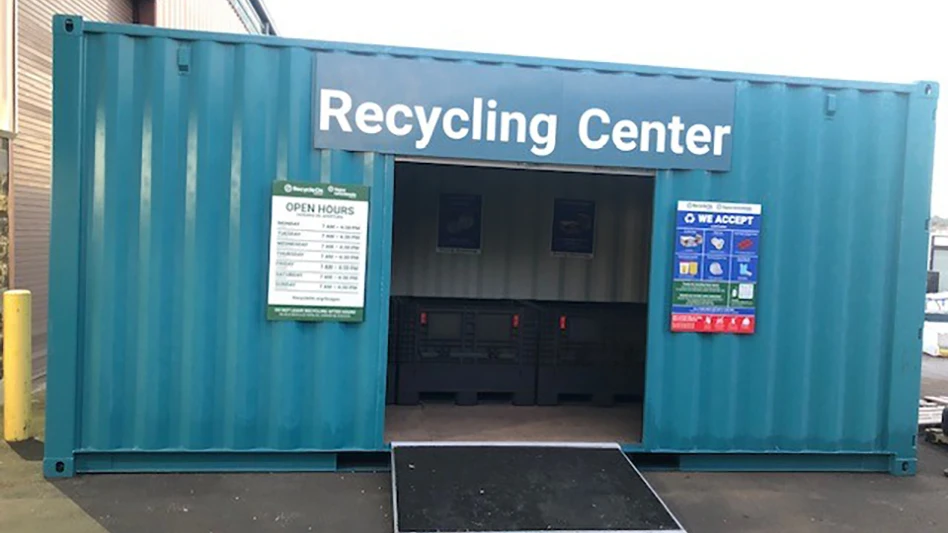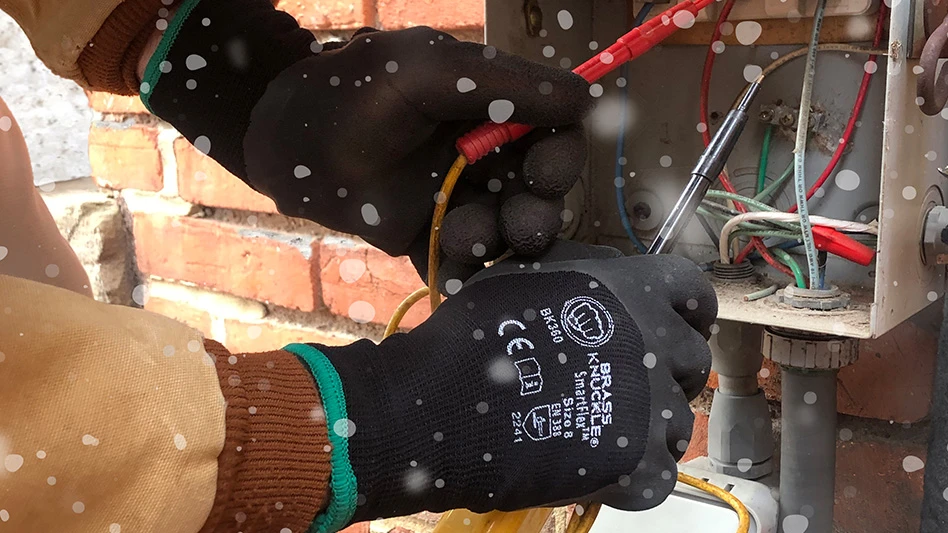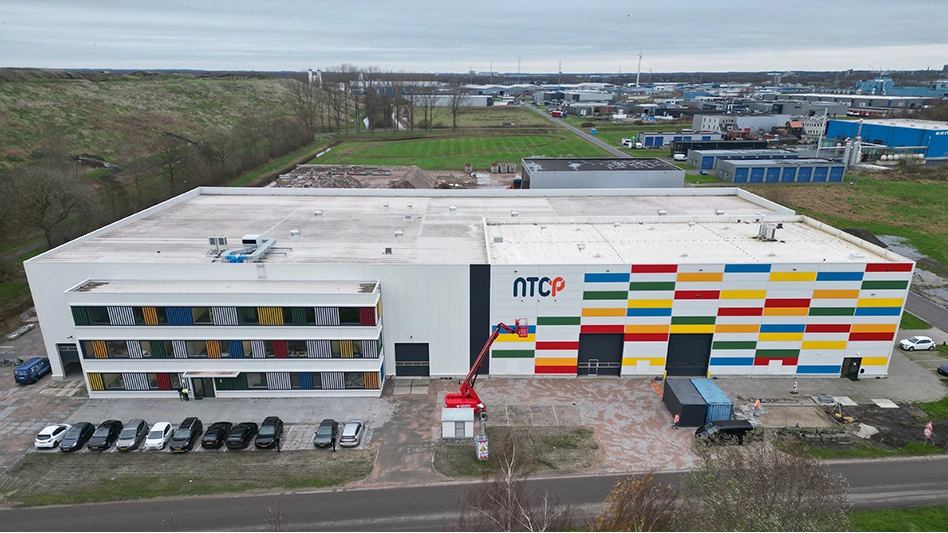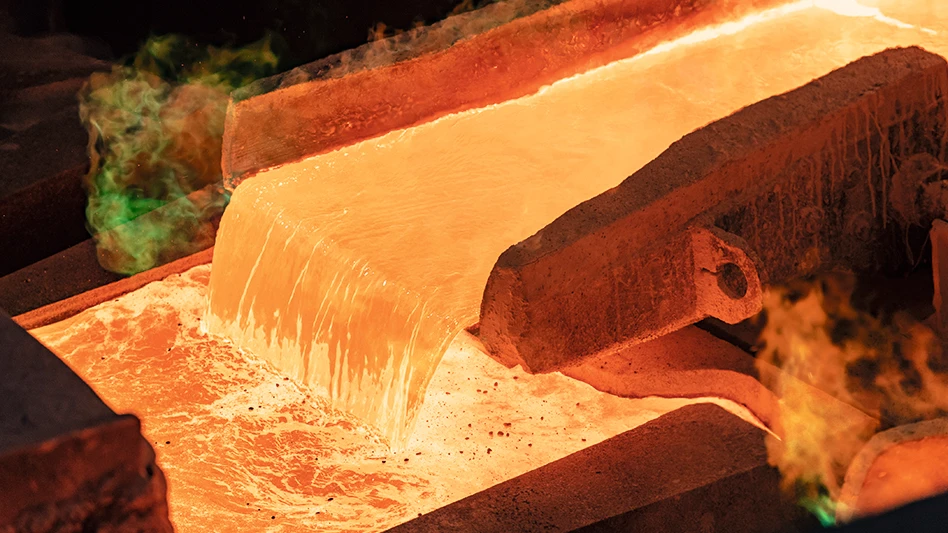
Image courtesy of the Aluminum Association
The Aluminum Association, Arlington, Virginia, has released a new technology roadmap that details the association’s short-, mid- and long-term research and development (R&D) priorities in support of its automotive customers. The association says its 2022 Roadmap for Automotive Aluminum identifies pathways and prioritizes opportunities for collaboration among aluminum suppliers, recyclers, automakers, policymakers, nongovernmental organizations and other industry stakeholders to drive innovation in the next decade.
In March 2021, the Aluminum Association asked industry stakeholders to define and address challenges, agree on goals and identify technology pathways to achieve those goals in five key areas. Those key areas include:
- Recycling & Sustainability – Improving sorting and creating more robust recycling infrastructure to enable effective end-of-life component recovery and reuse, while incorporating design elements that ensure parts can be disassembled and recycled efficiently to help establish the circular economy.
- Design Engineering – Partnering with automakers in the vehicle design process by establishing open access resources for design data harmonization across the value chain, optimizing material joining processes for efficiency and improving aluminum component manufacturability for strong and durable future vehicles.
- New Alloys and Products – Pursuing newer standardized aluminum alloys at higher strength, improved formability/ductility, enhanced fracture toughness and extrudability at lower costs to encourage aluminum suppliers to implement expedited testing and qualification processes to help automakers meet evolving consumer preferences and regulatory sustainability requirements.
- Future Vehicles – Developing more robust and cost-effective solutions to meet structural and safety requirements of parts, including battery enclosures; integration of an aluminum battery box into structures could reduce the cost of automotive intelligent vehicles.
- Next-Generation Fabrication Technologies – Embracing an overarching goal of ushering modern manufacturing to develop smart aluminum processes with enhanced product capabilities for higher quality components.
According to a news release from the Aluminum Association, its 2022 Roadmap for Automotive Aluminum serves as a blueprint that will lay the foundation for the industry to grow and diversify in the automotive market. The association says it plans to revisit the roadmap over the next decade.
“The Roadmap for Automotive Aluminum lays out the value-driven steps needed to make large-scale closed-loop aluminum recycling a reality,” says Charles Johnson, president and CEO of The Aluminum Association. “As aluminum use continues to grow, more efficient ways to separate, recover and reuse aluminum scrap in automotive components is of utmost importance, particularly in support of aggressive net-zero goals put forth by automotive customers.”
The association has posted its 2022 Roadmap for Automotive Aluminum online.
Latest from Recycling Today
- US Steel to restart Illinois blast furnace
- AISI, Aluminum Association cite USMCA triangular trading concerns
- Nucor names new president
- DOE rare earths funding is open to recyclers
- Design for Recycling Resolution introduced
- PetStar PET recycling plant expands
- Iron Bull addresses scrap handling needs with custom hoppers
- REgroup, CP Group to build advanced MRF in Nova Scotia





